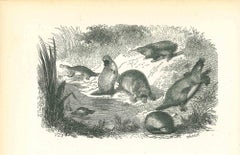Items Similar to Bathing at Long Branch-“Oh, Ain’t it Cold”
Want more images or videos?
Request additional images or videos from the seller
1 of 7
Bathing at Long Branch-“Oh, Ain’t it Cold”1871
1871
$550
£426.36
€482.60
CA$787.17
A$858.98
CHF 445.86
MX$10,276.90
NOK 5,659.37
SEK 5,301.06
DKK 3,604.87
About the Item
Bathing at Long Branch-“Oh, Ain’t it Cold”
Wood engraving, 1871
Signed in the block with the artist's initials "WH", see photo
Published in: Every Saturday, Aug. 16, 1871
Condition: very good, usual aging to newspaper
Provenance: Roman Radecki, Sr., South Bend, Indiana, noted collector
Exhibited: Indianapolis Museum of Art
Roman was a noted collector of Homer engravings, whose collection toured the State of Indiana in the early 1980’s. The exhibition was organized by the Indianapolis Museum of Art.
This image depicts stylish bathers at Long Branch, New Jersey.
References: Beam 193
Kushner, Gallati & Ferber 70
This is considered among the rarest of Homer's wood engraving beach scenes.
- Creation Year:1871
- Dimensions:Height: 9 in (22.86 cm)Width: 12 in (30.48 cm)
- Medium:
- Movement & Style:
- After:Winslow Homer (1836 - 1910, American)
- Period:
- Condition:Condition: very good, usual aging to newspaper Matted in acid free board to museum standards.
- Gallery Location:Fairlawn, OH
- Reference Number:Seller: FA100341stDibs: LU14013621392
About the Seller
5.0
Recognized Seller
These prestigious sellers are industry leaders and represent the highest echelon for item quality and design.
Gold Seller
Premium sellers maintaining a 4.3+ rating and 24-hour response times
Established in 1978
1stDibs seller since 2013
822 sales on 1stDibs
Typical response time: <1 hour
Associations
International Fine Print Dealers Association
- ShippingRetrieving quote...Shipping from: Fairlawn, OH
- Return Policy
More From This Seller
View AllOn the Beach at Long Branch - The Children's Hour
By Winslow Homer
Located in Fairlawn, OH
On the Beach at Long Branch - The Children's Hour
Wood engraving, 1874
Published in "Harper's Weekly" August 15, 1874 (p. 672)
Image size: 9 1/4 x 13 5/8 inches
Provenance: Wunderlic...
Category
1870s Hudson River School Figurative Prints
Materials
Woodcut
The Bathers
By Winslow Homer
Located in Fairlawn, OH
The Bathers
Woodengraving, 1873
As published in Harper's Weekly, August 2, 1873 (p. 668)
Provenance:
Wunderlich & Co., Inc., New York, NY (Their stock no. 84.003.8 in pencil recto a...
Category
1870s American Realist Figurative Prints
Materials
Woodcut
The Beach at Long Branch
By Winslow Homer
Located in Fairlawn, OH
The Beach at Long Branch
Woodengraving, 1869
Signed in the block lower right "WH" ( see photo )
Published in Appleton’s Journal of Literature, Science and Art, August 21, 1869
Condit...
Category
1860s American Realist Figurative Prints
Materials
Engraving
La Sortie du Bain
Located in Fairlawn, OH
Eugene Leroux (1807-1863)
La Sortie Du Bain
Lithograph, c. 1840
Signed in the lower left corner of the image (see photo)
Inscribed "Imp Bertauts Paris" in bottom margin
Inscribed "55...
Category
1840s Romantic Nude Prints
Materials
Lithograph
St. Valentine's Day -- The Old Story in All Lands
By Winslow Homer
Located in Fairlawn, OH
St. Valentine's Day -- The Old Story in All Lands
Wood engraving, 1868
Published in: Harper's Weekly, February 22, 1868
Titled and signed in the block
Image size: 13 5/8 x 9 inches
C...
Category
1860s Hudson River School Figurative Prints
Materials
Engraving
Lice
Located in Fairlawn, OH
Lice (Mallards grooming themselves)
Drypoint, 1927
Signed and dated lower right (see photo)
Titled lower left corner
Condition: Excellent
Image/Plate size: 6 7/8 x 10 3/4 inches
Shee...
Category
1920s American Realist Animal Prints
Materials
Drypoint
You May Also Like
'At the Beach, Scene at Sandbath', Punch Magazine, Thomas Agnew, Victoriana
Located in Santa Cruz, CA
Signed lower left, outside of design, 'John Leech' (British, 1817-1864) and created circa 1865. Titled verso, 'Scenes at Sandbath', and inscribed, 'The female Blondin out done! Grand...
Category
1860s Figurative Prints
Materials
Paper, Cardboard, Lithograph
Union Pond, Williamsburgh, L. I. [sic].
By Winslow Homer
Located in New York, NY
UNION POND, WILLIAMSBURGH, L. I. [sic] is a lithograph printed in color in circa 1862. It was published by Thomas & Eno, 37 Park Row, N.Y. The printed image size is 16 3/4 x 27 in...
Category
1860s American Realist Landscape Prints
Materials
Lithograph
Shame on Nude Bathers on the Themes Engraving late 19th Century
Located in Douglas Manor, NY
5066 Late 19th century watercolored engraving set in a silvered wood frame
Category
Late 19th Century Nude Drawings and Watercolors
Materials
Engraving, Watercolor
Animals On The Shore - Original Lithograph by Paul Gervais - 1854
By Paul Gervais
Located in Roma, IT
Animals On The Shore is an original lithograph on ivory-colored paper, realized by Paul Gervais (1816-1879). The artwork is from The Series of "Les Trois Règnes de la Nature", and wa...
Category
1850s Modern Figurative Prints
Materials
Lithograph
Sandy Beach, Cohasset, 1860
By Winckworth Allan Gay
Located in New York, NY
Winckworth Allan Gay paints a scenic coastal scene from an elevated perspective overlooking a wave-filled beach below in his work entitled, “Sandy Beach, Cohasset.”
Category
Mid-19th Century Hudson River School Landscape Paintings
Materials
Canvas, Oil
By the Sea (aka Idyll)
By Arthur B. Davies
Located in New York, NY
Arthur B. Davies (1862-1928), By the Sea (aka Idyll), soft ground etching and aquatint, 1919, signed in pencil lower right. Reference: Czestochowski 72, fourth state (of 5; see disc...
Category
1910s American Impressionist Nude Prints
Materials
Etching, Aquatint
More Ways To Browse
Salvador Dali Cavaliers
Salvador Dali Heaven
Salvador Dali Hell
Salvador Dali Numbered Prints
Salvador Dali Song Songs Of Solomons
Saul Steinberg Galerie Maeght
Takashi Murakami Panda
The Accordion Player
Tiepolo Etching
Toulouse Lautrec Elles
Utagawa Kunisada (Toyokuni III) On Sale
Van Dyck Etching
Vaso Antico
Vintage Bus Stop Sign
Vintage Television Cameras
Vintage Wizard Art
Alex Katz Ada In Spain
Alphonse Mucha Sarah Bernhardt
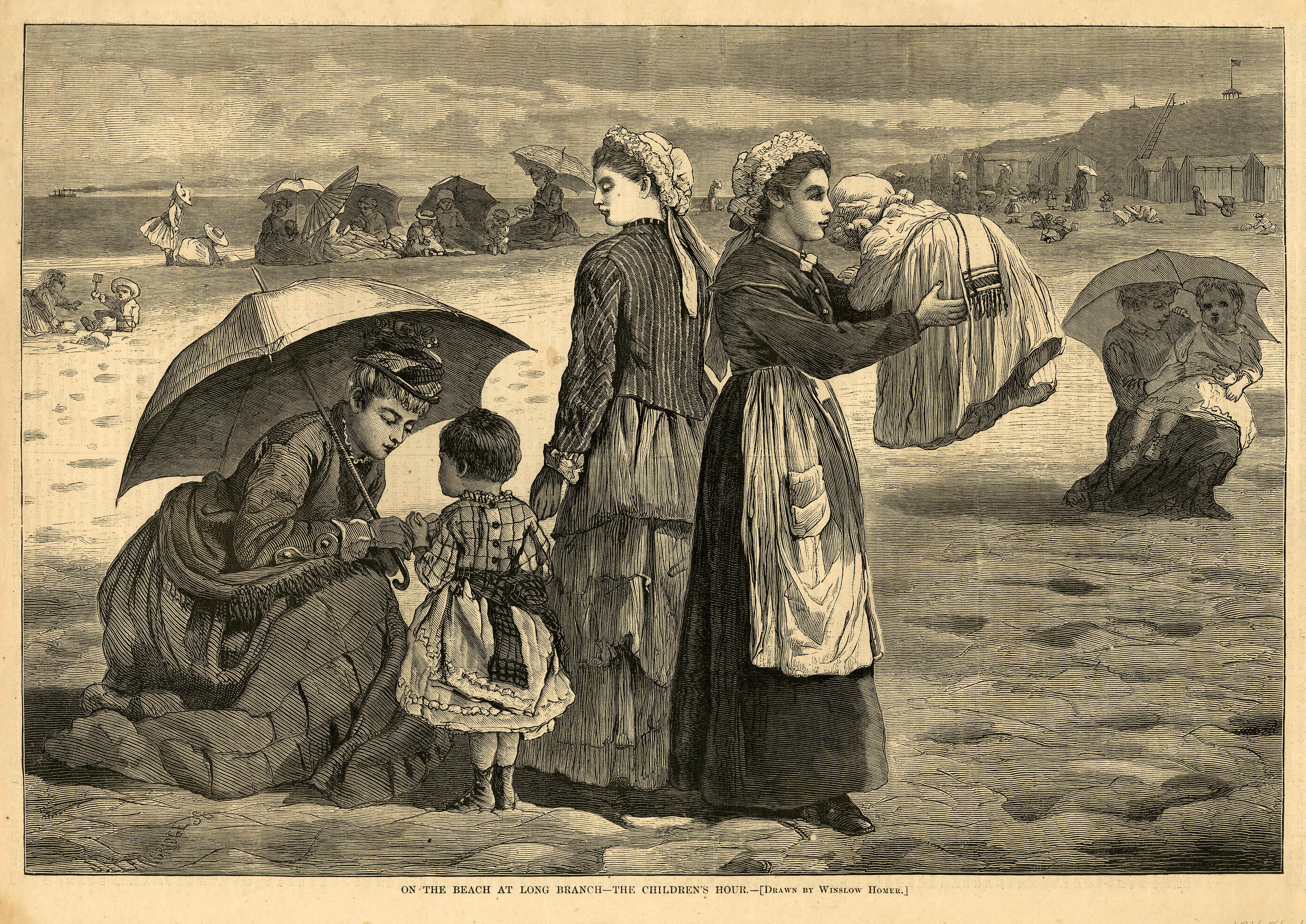
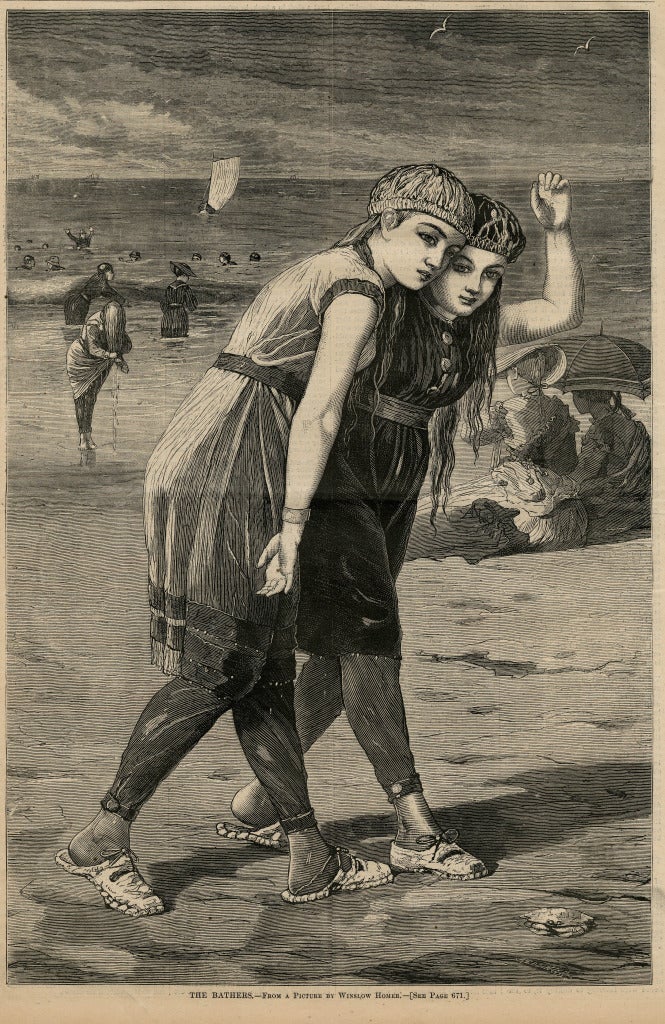
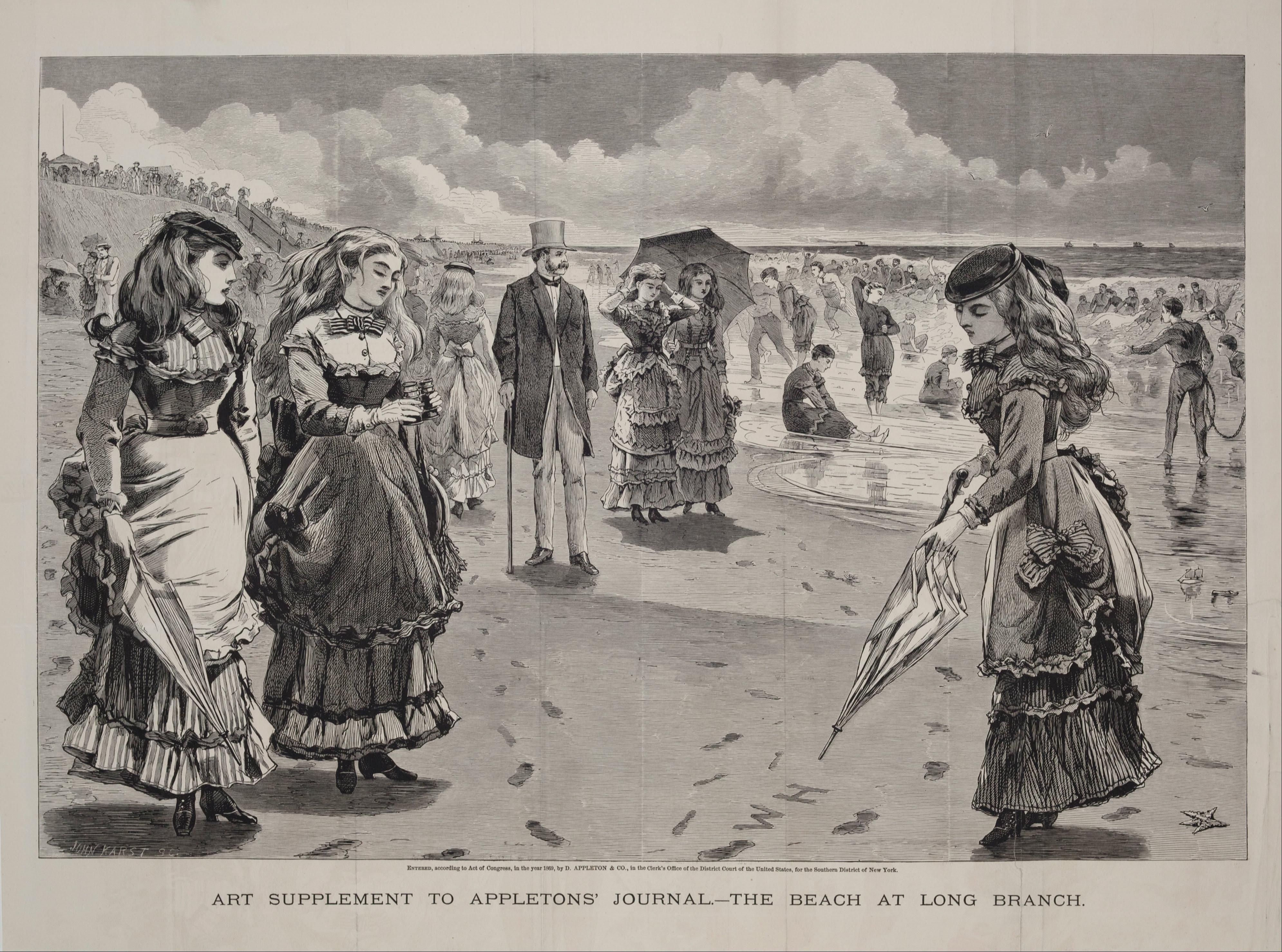
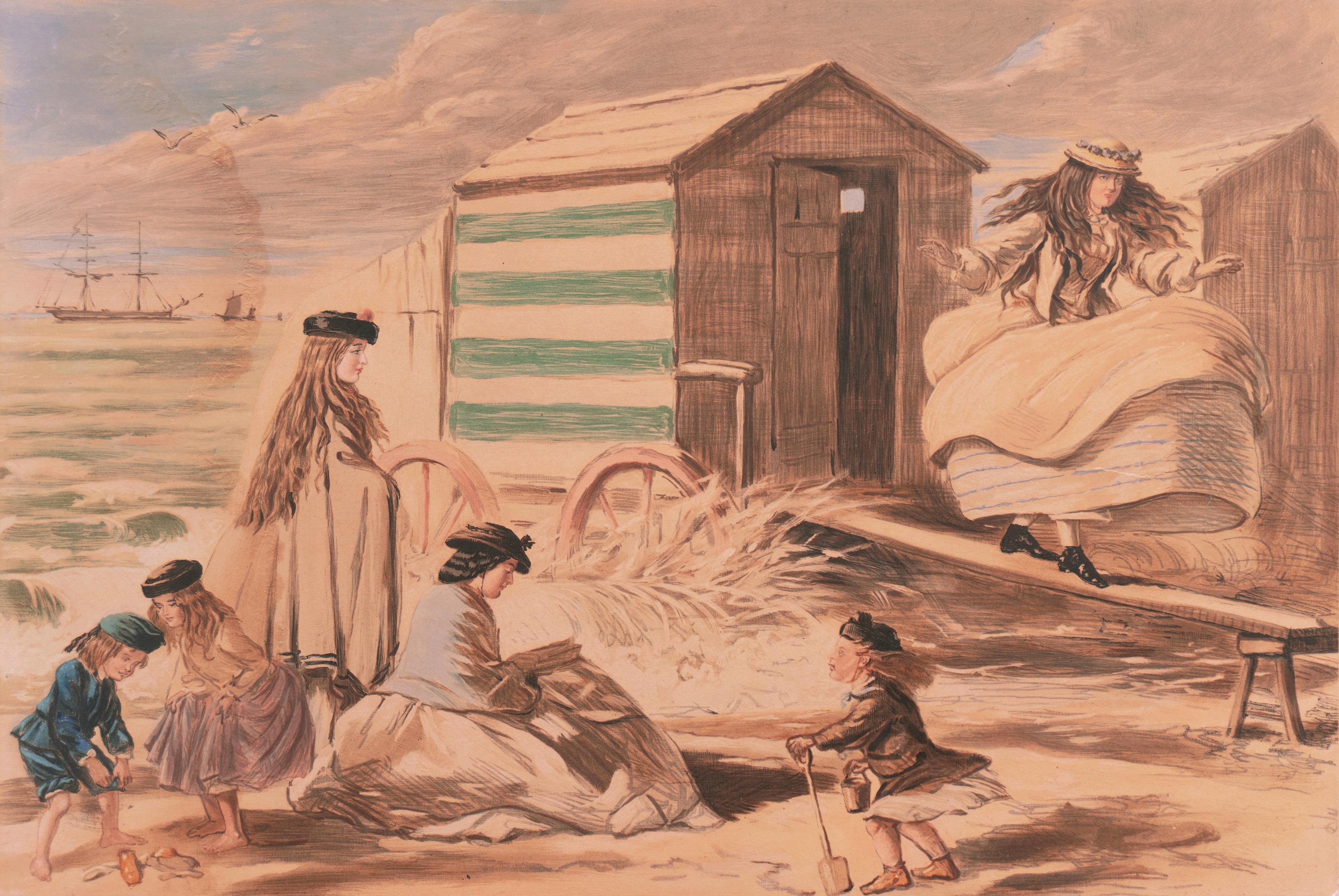
![Union Pond, Williamsburgh, L. I. [sic].](https://a.1stdibscdn.com/winslow-homer-prints-works-on-paper-union-pond-williamsburgh-l-i-sic-for-sale/a_3312/1595513020620/Homer_Union_Pond_frame_IMG_8498_master.jpg)
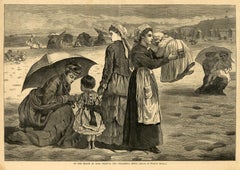
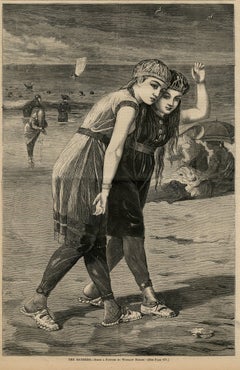
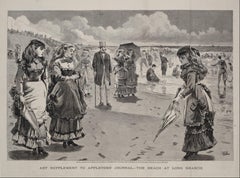
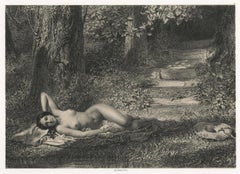
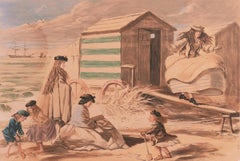
![Union Pond, Williamsburgh, L. I. [sic].](https://a.1stdibscdn.com/winslow-homer-prints-works-on-paper-union-pond-williamsburgh-l-i-sic-for-sale/a_3312/1595513020620/Homer_Union_Pond_frame_IMG_8498_master.jpg?width=240)
